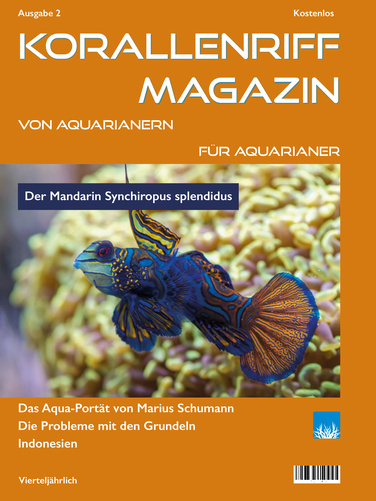Info
Similar species: Pocillopora verrucosa, which has thinner branches in comparable environments and more protuberant corallites.
"From Veron, J.E.N. Corals of the World."
Veron, 2000
This stony coral is found only off the west coast of America in the Gulf of California, the west coast of Mexico, the Galapagos Islands and Clipperton Atoll.
It can, under optimal conditions, form colonies over 200 cm in size and cover large areas with neighboring colonies.
Color: greenish-brown or light brown.
Occurrence: Shallow reef environments and rocky foreshore exposed to strong waves.
Frequency: Common at Clipperton Atoll and in the rocky coastal foreshore of western Mexico, especially in areas with vigorous water movement.
Corals of the genus Pocillopora:
General:
Taxonomists now consider there to be 18 families of stony corals with a total of over 100 genera.
The two genera Montipora (over 70 species - Veron 2000) and Acropora (over 180 species - Veron 2000) are among the most species-rich and numerous.
The genus Pocillopora includes the following species.
Pocillopora ankeli
Pocillopora capitata
Pocillopora damicornis
Pocillopora danae
Pocillopora effusus
Pocillopora elegans
Pocillopora eydouxi
Pocillopora fungiformis
Pocillopora indiania
Pocillopora inflata
Pocillopora kelleheri
Pocillopora ligulata
Pocillopora meandrina
Pocillopora molokensis
Pocillopora verrucosa
Pocillopora woodjonesi
Pocillopora zelli
The care of small polyped stony corals was and is due to the requirements of the corals on water quality and lighting usually far more complex than that of most LPS corals and zooxanthellate soft corals.
Therefore, it was only with skimming and the use of live rock that the possibility arose to create better water quality and with better lighting and better calcium supply to ensure the permanent keeping and reproduction of stony corals.
Since keeping SPS corals has become an attainable goal for many, zooxanthellate soft corals have hardly been the main focus of most aquarists.
Identification of small-polyped and large-polyped stony corals is not always easy, despite really good works such as Veron's book, Corals of the World, especially since a clear identification should actually be made based on the calcareous skeleton and the THEN.
One should also not forget that many animals in the aquarium do not look like they do in nature and change their appearance due to current, light, as well as other influences.
However, it should be noted that corals of the genus Pocillopora are somewhat in the middle.
They are easier than many Montipora and Acropora, although they should be given the same conditions.
Among the important parameters are:
Light:
All small polyp stony corals of the genus Pocillopora require very high light levels.
Therefore, they should tend to be located at the top of the tank with average lighting.
Heat/Cold:
Corals of the genus Pocillopora will not tolerate water temperatures below 20 degrees or above 30 degrees for extended periods.
Both cases they will acknowledge with bleaching.
Current:
They can tolerate quite a good current, though never have the pump outlet pointed directly at a coral.
Alternating, rather turbulent flow conditions are best suited.







 Korallenzucht-Moers
Korallenzucht-Moers


























